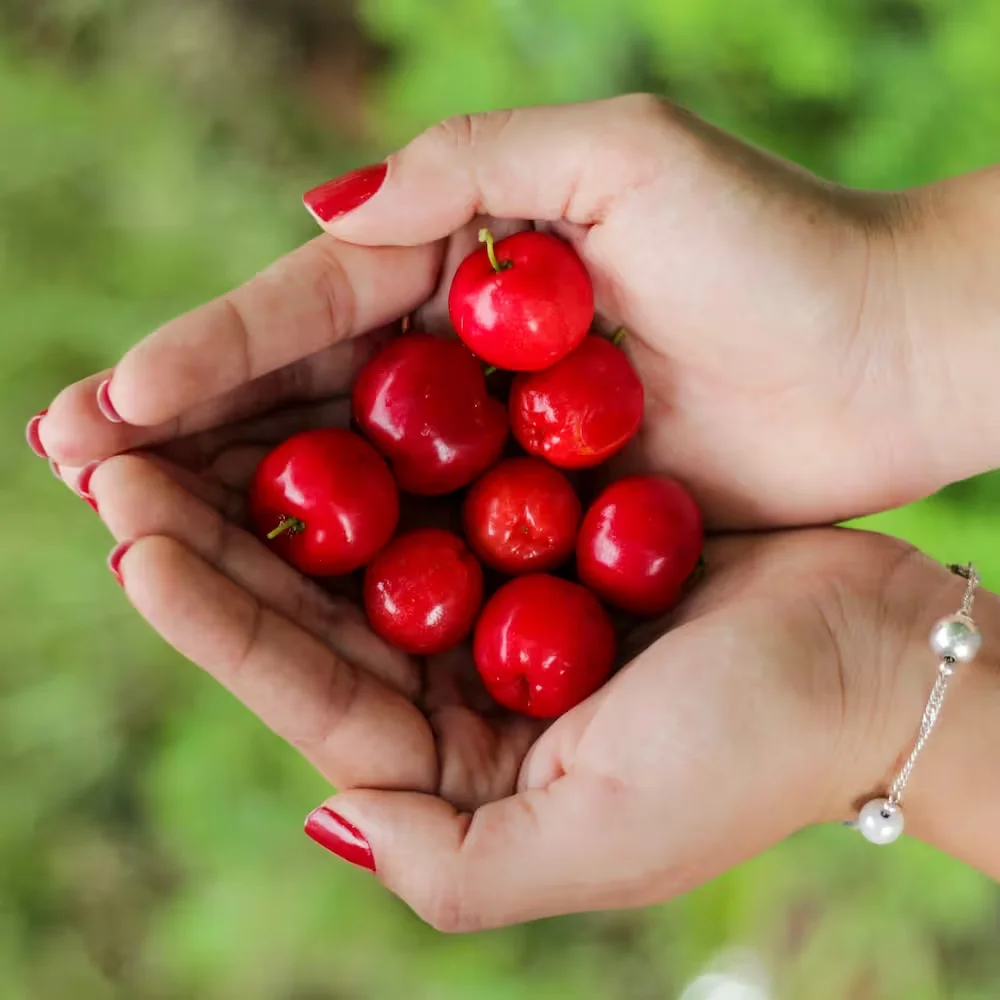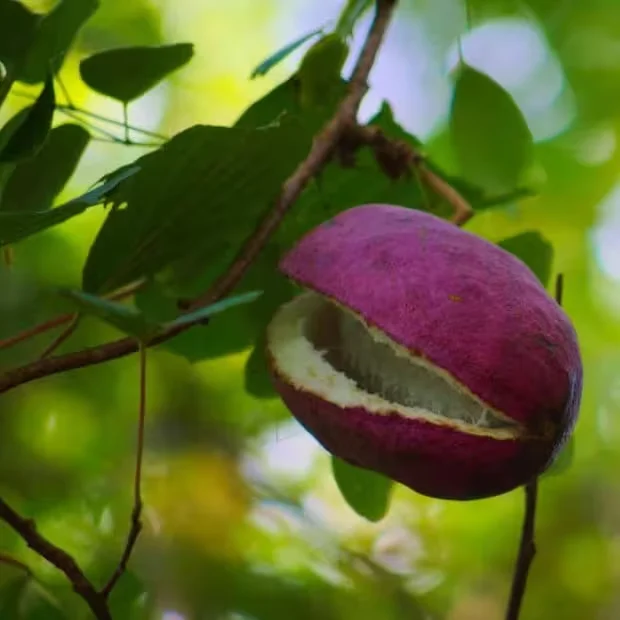Abiu

A bright yellow tropical fruit from the Amazon, abiu is prized for its sweet, creamy, jelly-like flesh with a caramel-custard flavor.
About Abiu
Abiu (Pouteria caimito) is a tropical fruit native to the Amazon region of South America, particularly Brazil, Peru, Colombia, and Ecuador. The fruit grows on evergreen trees averaging 10 meters in height, with golden-yellow, round or oval-shaped fruits 3–9 cm in diameter. Its pulp is translucent white, very juicy, and has a smooth, jelly-like texture. The flavor is considered exceptionally sweet, often likened to caramel flan or custard, with subtle notes of vanilla and banana. The abiu is typically eaten fresh, but its unique texture also makes it popular in desserts and ice creams. Rich in vitamins A and C, calcium, potassium, phosphorus, fiber, and antioxidants, abiu is valued for both its nutritional content and medicinal uses in traditional Amazonian communities. Ripe fruit is harvested in late summer or early fall, with some cultivars offering several crops per year depending on climate. Abiu grows best in humid, warm, tropical climates and is now cultivated in tropical regions worldwide, including Southeast Asia and Australia.
Gallery


Seasonality
Growing Regions
Categories
Characteristics
Scientific Name
Pouteria caimito
Colour
Texture
Calories
65 per 100g
Taste Profile
Ripeness Indicators
Skin bright yellow, slight softness to touch
Edible Parts
Flesh (pulp); seeds are inedible
Related Fruits

Acerola
Acerola is a bright red tropical berry famous for its intense vitamin C content, offering a sweet-tart flavor perfect for juices and supplements.

Akebia
Akebia is a rare, fragrant tropical fruit with soft, jelly-like pulp and a subtly sweet, floral taste, valued in East Asian cuisine and medicine.

Ambarella
An ambarella is a tropical fruit with a tangy-sweet taste, rich in vitamin C and often used in juices and preserves.